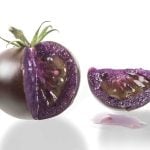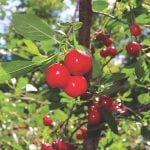
Practical Tips

Let’s look at the facts on pesticides
Practical Research: Chemicals found in nature aren’t intrinsically safer than the man-made options

Peatland farming, the Prairies’ best-kept secret
Practical Research: Improving these lands' copper fertility could potentially pay significant dividends

Recognize the value of books, fact sheets, texts
Practical Research: Don’t assume that your phone will have all the answers at hand

Keep verticillium stripe in focus this year
Practical Research: Don't let the fungi hitchhike between fields on your equipment -- or anyone else's

How a worldwide destructive cereal disease problem was solved in Alberta
In the story of ergot in wheat, barley and oats, the answer was simply 'copper'

Tomatoes and onions in gardens everywhere
Part 7 of a series: On all farms, tomatoes should go into ground not previously used for tomatoes

Saving your own crop seed
Don't just assume two- or three-year-old seed, or even last year's seed, will still be viable

More on Prairie vegetables and fruits
Part 6 of a series: Let’s look further at what grows well on the Prairies — and when it doesn’t, why

Alfalfa replant disease and related disorders
Whatever the cause, we can realize it's a problem and try to avoid it

Fruit growing on Prairie farms
Part 5 of a series on Prairie farm gardens


